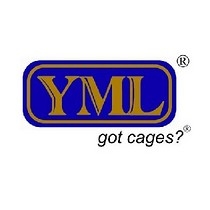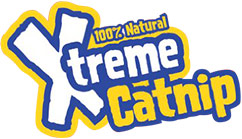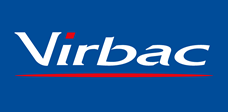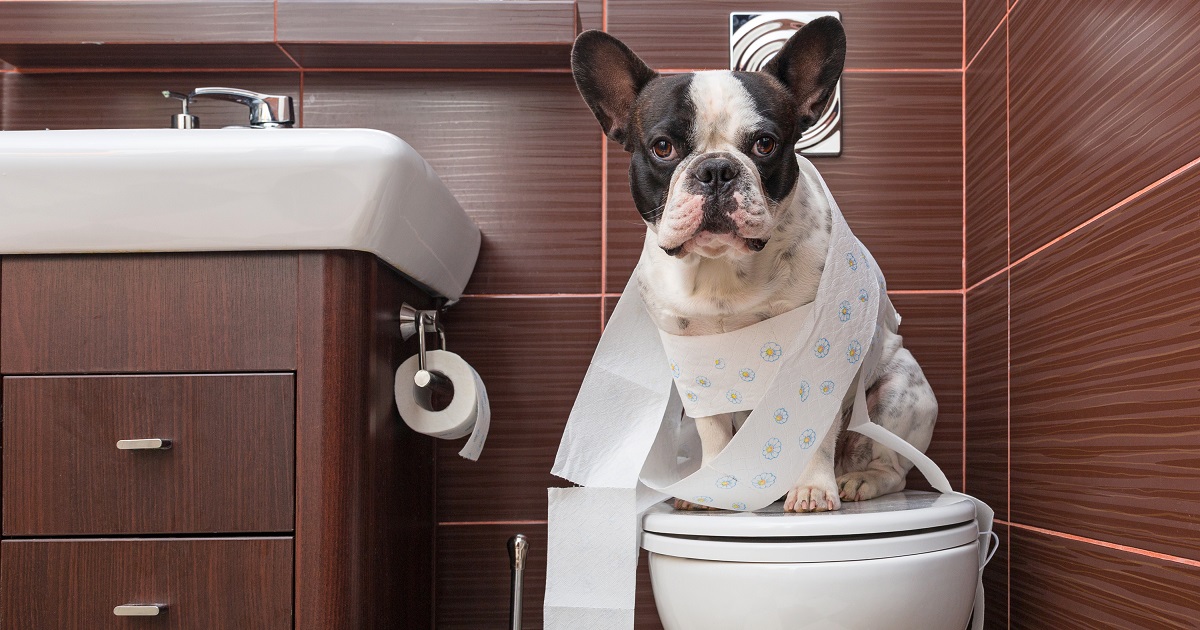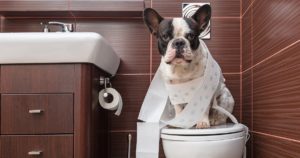
Even for novice pet owners, toilet training a new dog might be more difficult than expected. After all, no two breeds or puppies are alike, and there’s no shortage of erroneous information out there to confuse or even mislead you. The following are the most crucial and effective toilet training strategies that can help you and your new animal buddy learn together in a healthy, happy way.
Establish a Routine
Puppies are certainly difficult to care for since they are continuously inquiring about their surroundings and humans. But it’s critical to establish defined routines early on to ensure that the training sticks before it’s too late. To design an effective toilet strategy, you must first assess your puppy’s age. The younger he is, the more frequently he will need to be carried out to use the toilet due to his lack of bladder control. Having a toilet pad or training tray set up indoors for times when you can’t be there is critical. As early as possible, start training him to use the toilet after waking up, napping, bedtime, or active playing. Plan your pee breaks around your dog’s mealtimes. This reinforces both habits and aids in the house-training process. You may teach your dog how long to hold his bladder and when to go by feeding him three tiny meals a day at first, then two as he gets older.
Limit Roaming
A crate is another vital tool for basic house-training that works well with toilet training. This provides your developing puppy a place to rest during the day and sleep at night. Crate training not only provides a secure refuge for your pup, but also prevents him from wandering about the house and making messes. Leaving your dog in his cage for extended periods of time encourages the concept of retaining his bladder until the next pee break. Again, start small and progressively increase the time in the container as he matures and becomes more accustomed with it. After all, your new furry buddy needs plenty of time to play and socialize with you outside the box, so plan appropriately.
Repetition of Verbal Cues
Potty training works best when dogs can identify particular actions with verbal signals, and applying them is a definite method to ensure success. Learning to respond to one or two frequent spoken words or phrases provides a strong indication that your pup will link with eliminating waste. Decide pick a word or phrase and have everyone in the family use it to familiarize it. “Outside!” or “Let’s go pee!” are good cues, as is displaying him his collar and leash on the way out the door. Despite constantly striving to have an outside toilet training technique, utilizing potty pads indoors might be perplexing. So, accidents are sure to happen, especially in the early months, and this isn’t strange or terrible. Stopping him in his tracks with orders like “No!” or “Stop!” can get him outdoors or on his pad before he goes to the toilet. However, avoid using yelling or shouting as a good teaching strategy, since this might look like punishment to your pup and disturb your training.
Praise and Reward Him
Positive reinforcement is always preferred over punishment when it comes to toilet training (and most housetraining). This involves rewarding your dog with tasty treats and exciting toys for good conduct or depriving him of them for bad behavior. Providing rewards and praise makes the action enjoyable for your dog, encouraging him to keep it up.
Nobody agrees on how to toilet train a puppy. Learning and using these established ways early on in your new pet-owning experience will ideally result in a pleasant, healthy family atmosphere.




